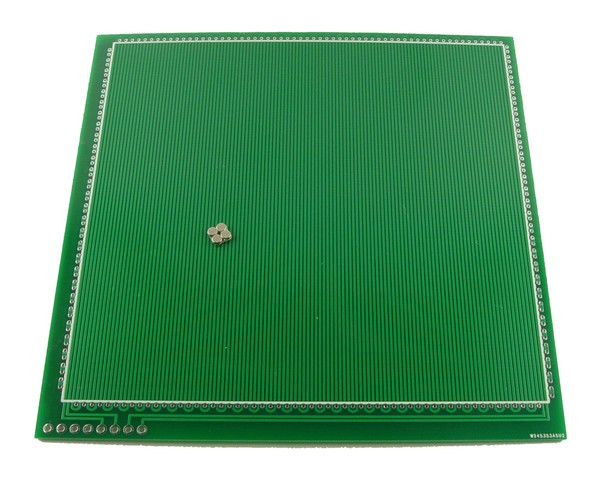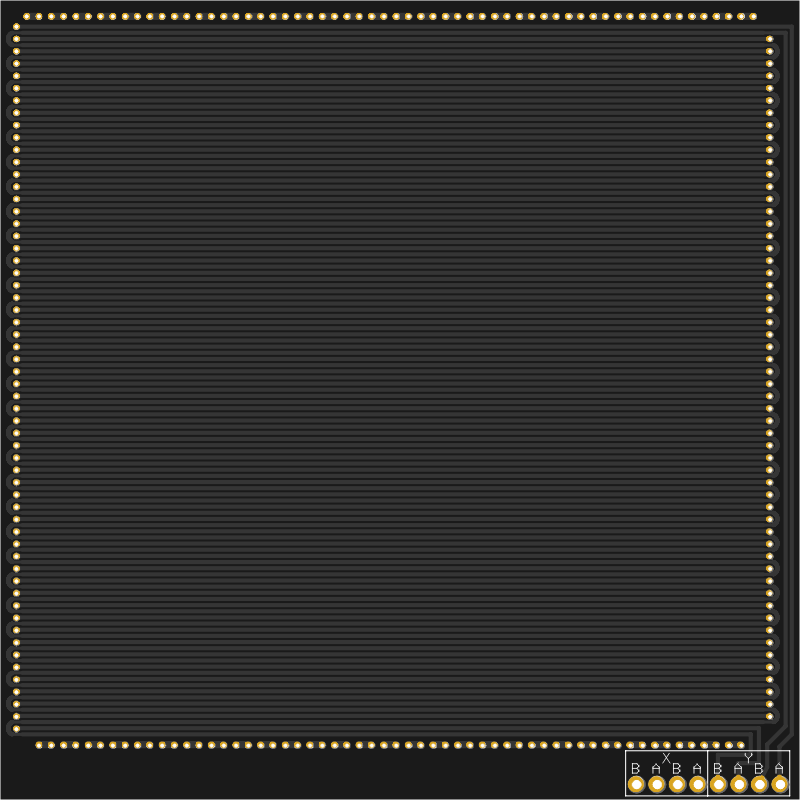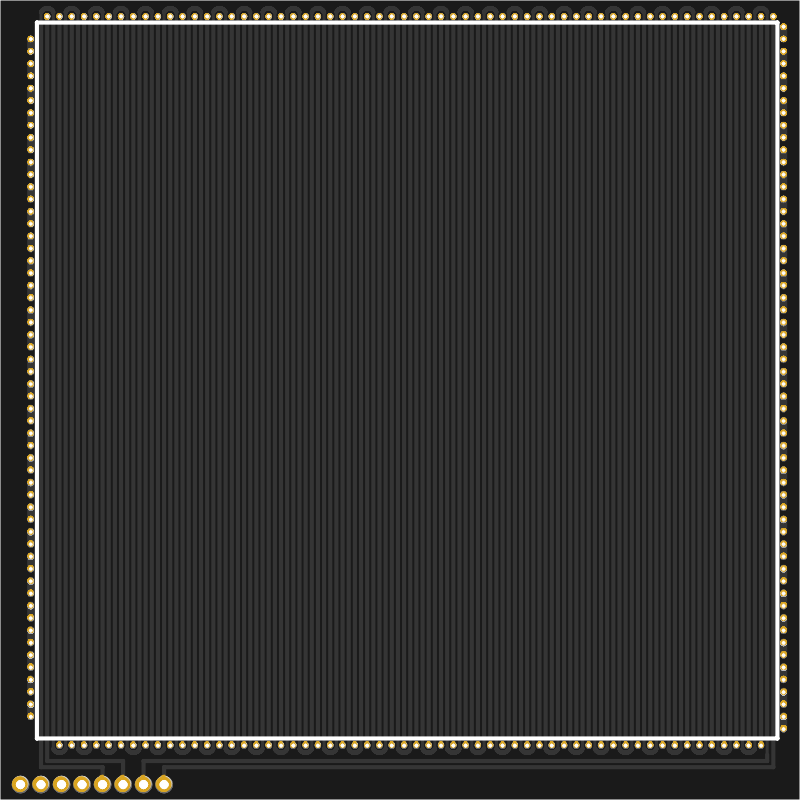PCB replaces two linear motors
- Transfer
- Tutorial

The proposed design shows how limitless are the possibilities of two rather old inventions - a printing coil and a linear motor. One board replaces two of these engines at once. Put a magnet on it, and it will move in two-dimensional space. Put a few - they will move synchronously. There is no need to develop new electronics; existing stepper motor drivers will do.
What will be required to repeat the design:
- board (100x100x0.6 mm, files here )
- four magnets of N52 neodymium alloy with a diameter of 2 mm, interconnected as shown in the KDPV
- two four-output stepper motor drivers
- nothing else (controversial statement, "porridge from the ax" in the end will turn out necessary)
Feedback is possible using the camera or Hall sensors under the board. RFID / NFC can be placed in the moving part and data can be exchanged with it from the fixed part. You can make several magnets move parallel to each other, or you can divide the board into sections with different sets of printing coils to make several magnets move independently of each other.
The existing version of the 0.6-mm board turned out to be quite thick, so the coils of the upper layer act on the magnet more weakly than the coils of the lower layer. That is, according to the "X" and the "game", such a board will push the magnet with various efforts. The author plans to fix this by making the board flexible - it is much thinner.
Look at the board from two sides, how simple it is:


The conductors on one side are perpendicular to the conductors on the other. Eight pins, four per driver. And that’s it.
An experienced one-sided version of the board , moves magnets in one-dimensional space:
Another experimental version with a different configuration of the printing reels, already two-dimensional:
And there is also a board with coils for moving magnets around the circumference :
From the translator. It is advisable to use a film that protects varnish and conductors from abrasion. And using the board not as an engine, but as a generator, you can get a mouse without buttons, inside which there is no electronics.
